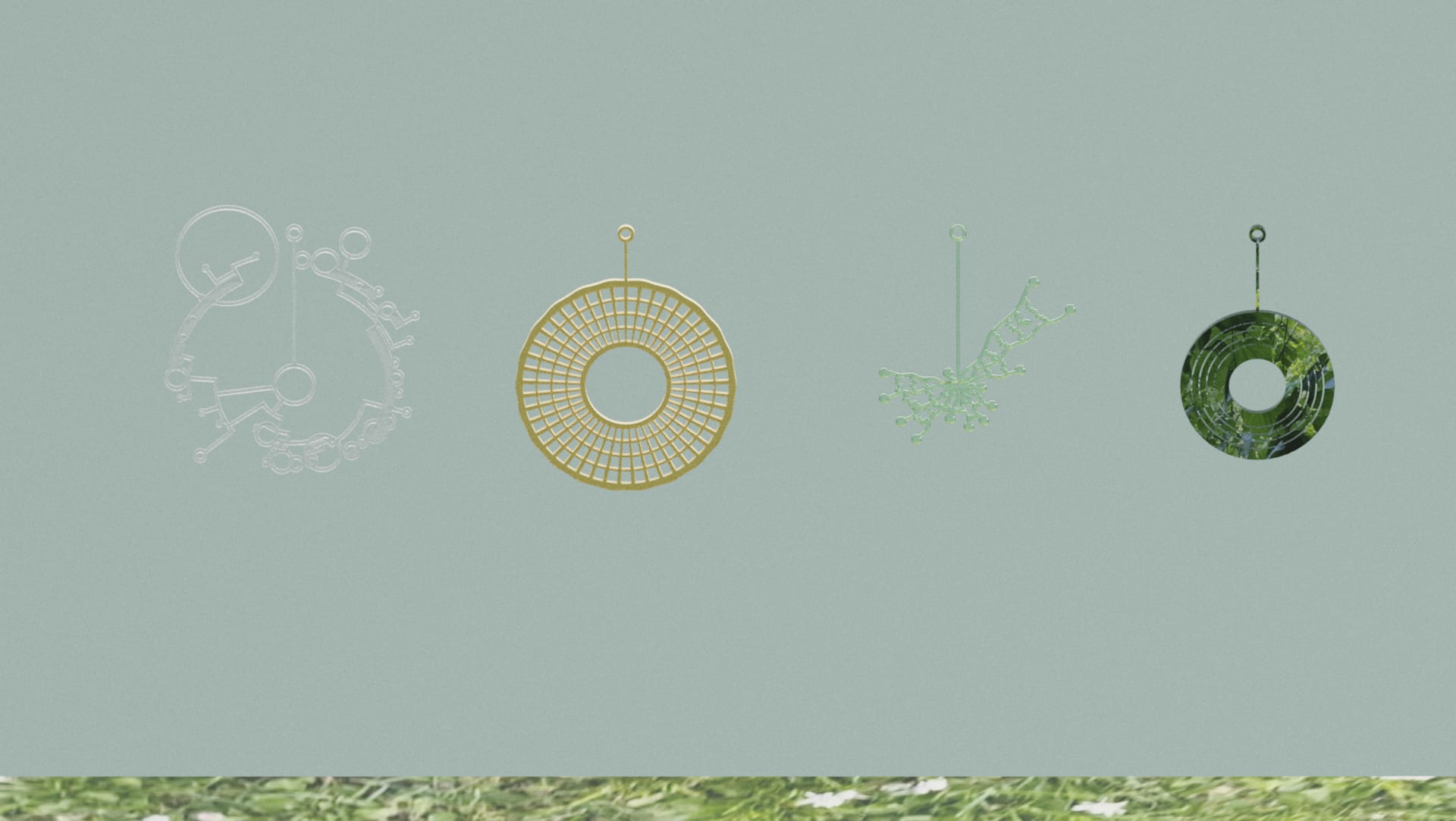Yui Nakanishi is a multi-disciplinary experience designer from Japan.
Her work explores the potential of new science and technology communication that resonates with personal emotions and inspires a shift in the values regarding the relationship between nature and human activity. With backgrounds in biology and data science, her practice aims to foster environmental responsibility through data-driven and poetic storytelling.
During her MEng course at the University of Tokyo, she participated in various projects with DLX Design Lab as a scientist, where she discovered a profound passion for science and technology communication as a catalyst for social movements. Believing in the power of thinking beyond fundamental scientific research and discussions about our technology and future in collaboration with society, she is now examining the intersection of art and science.









